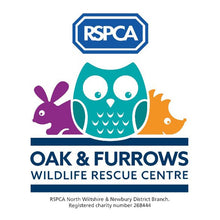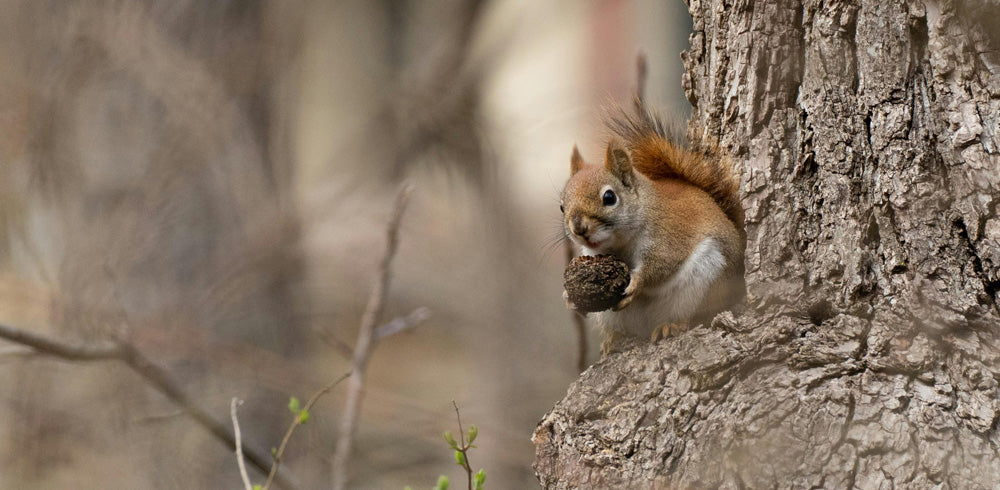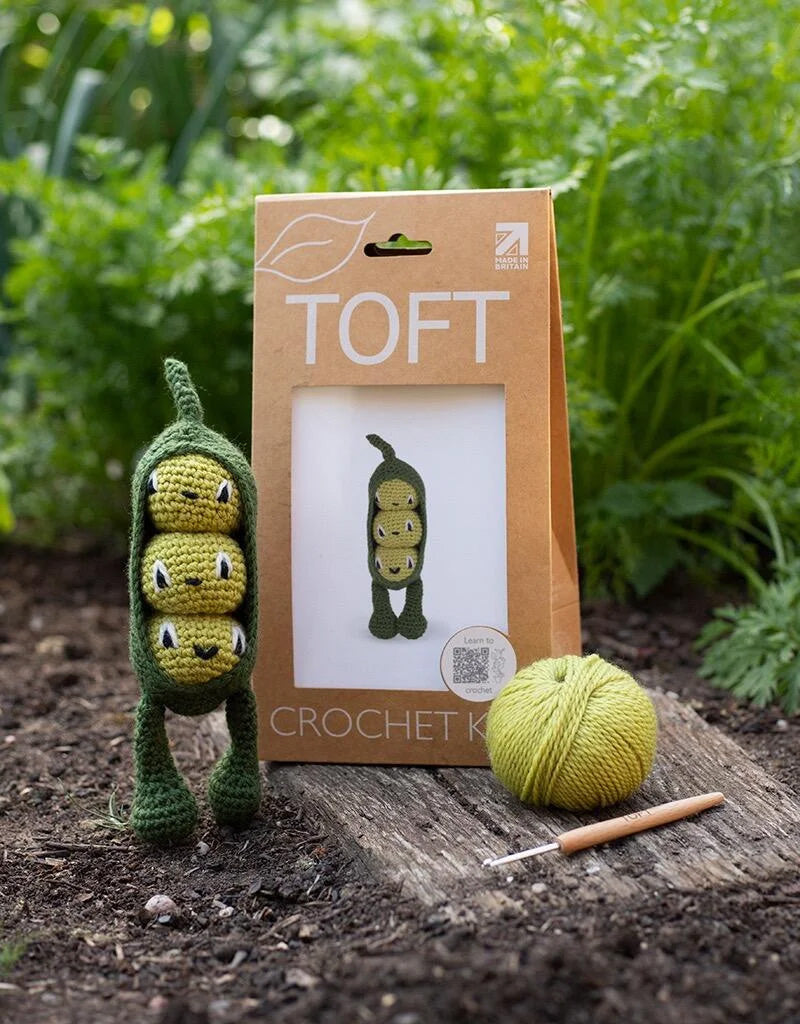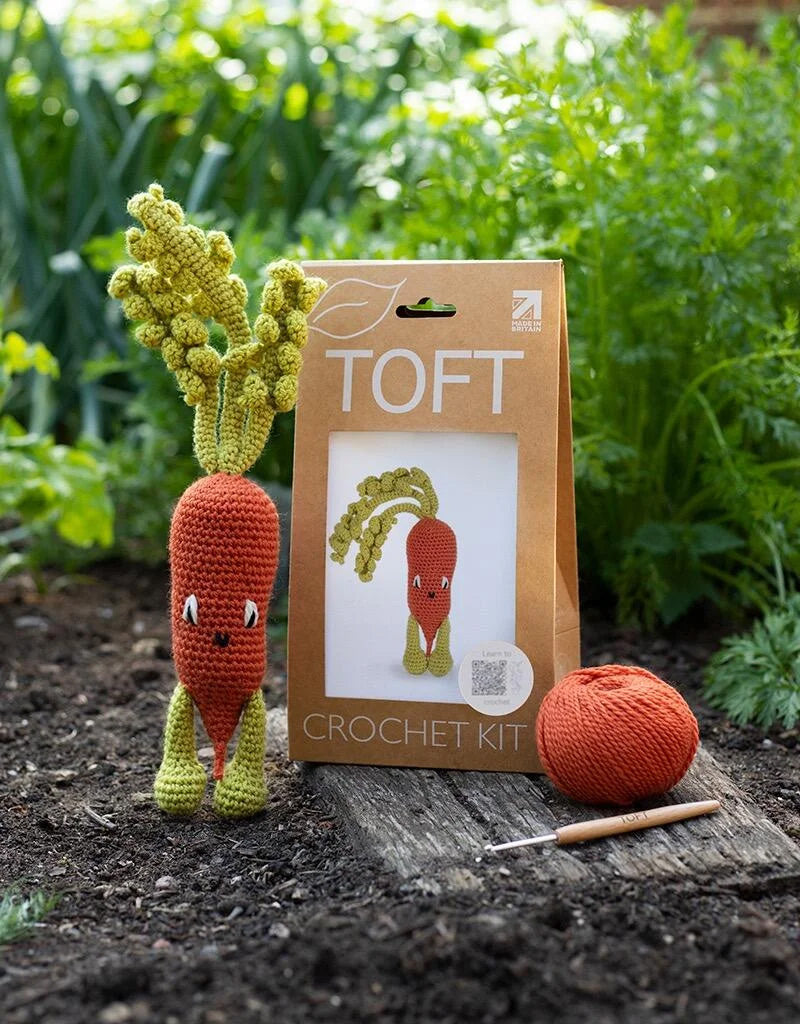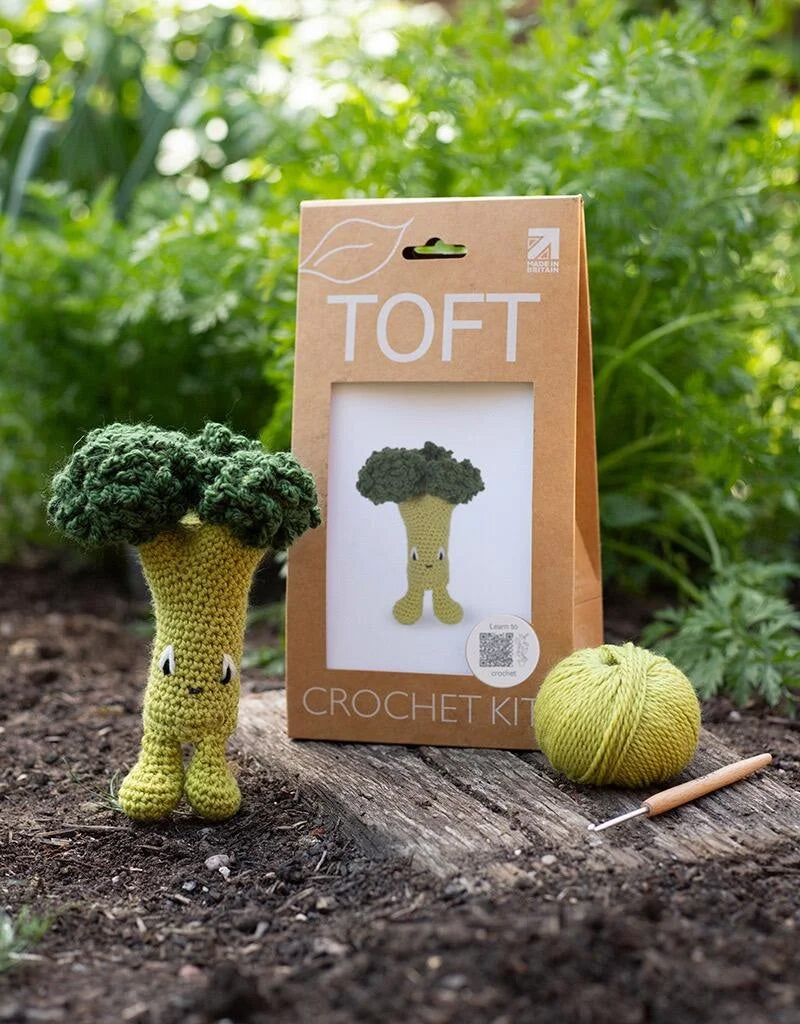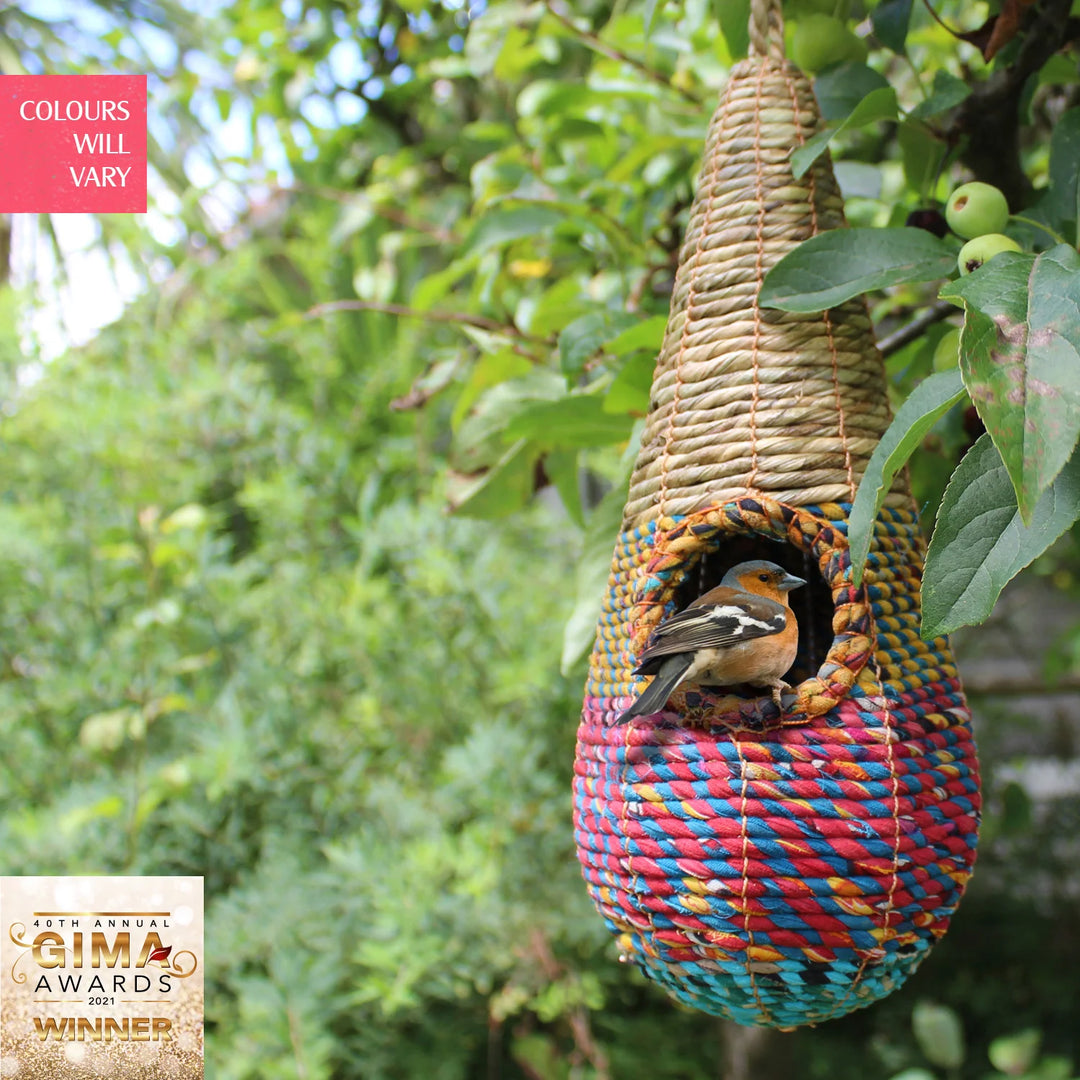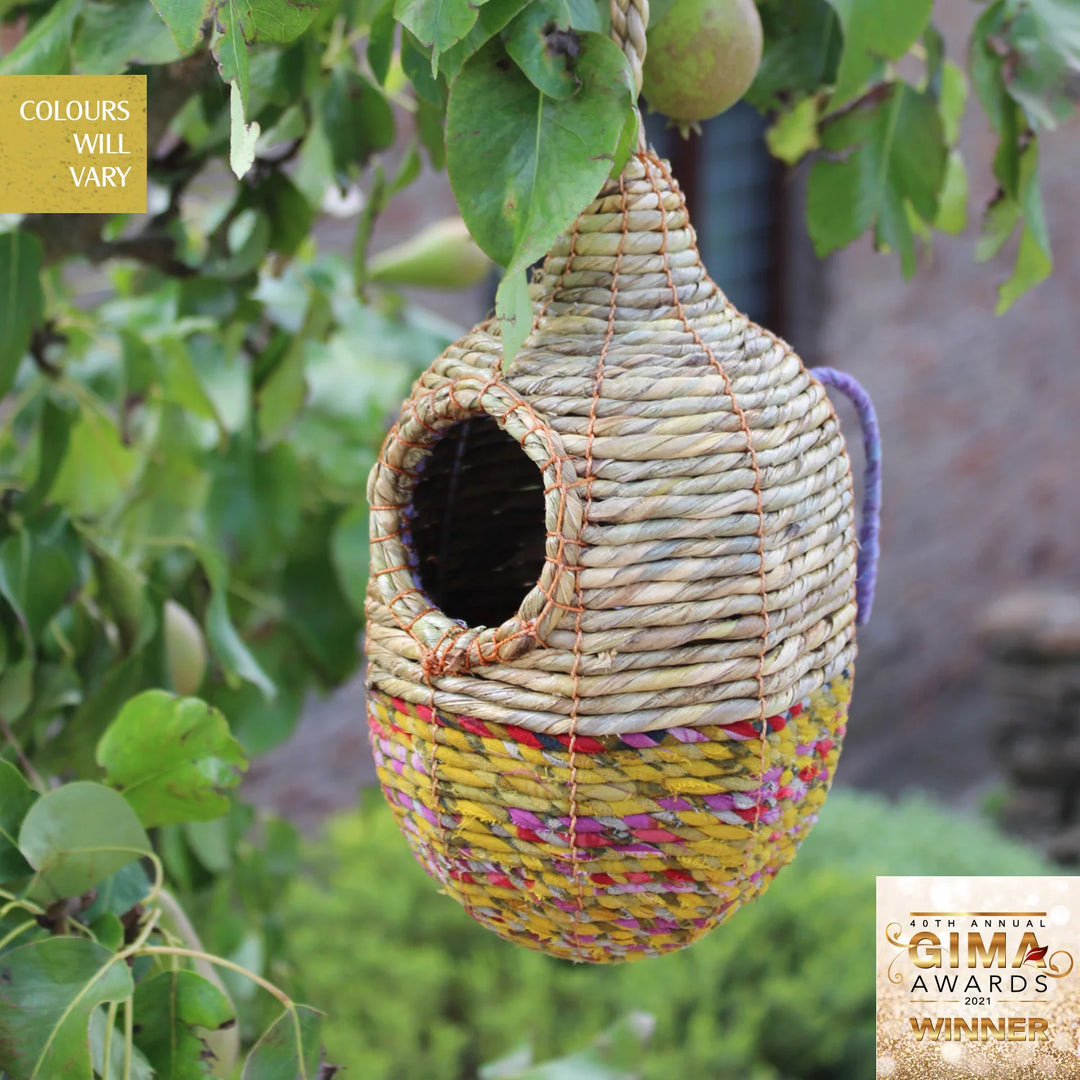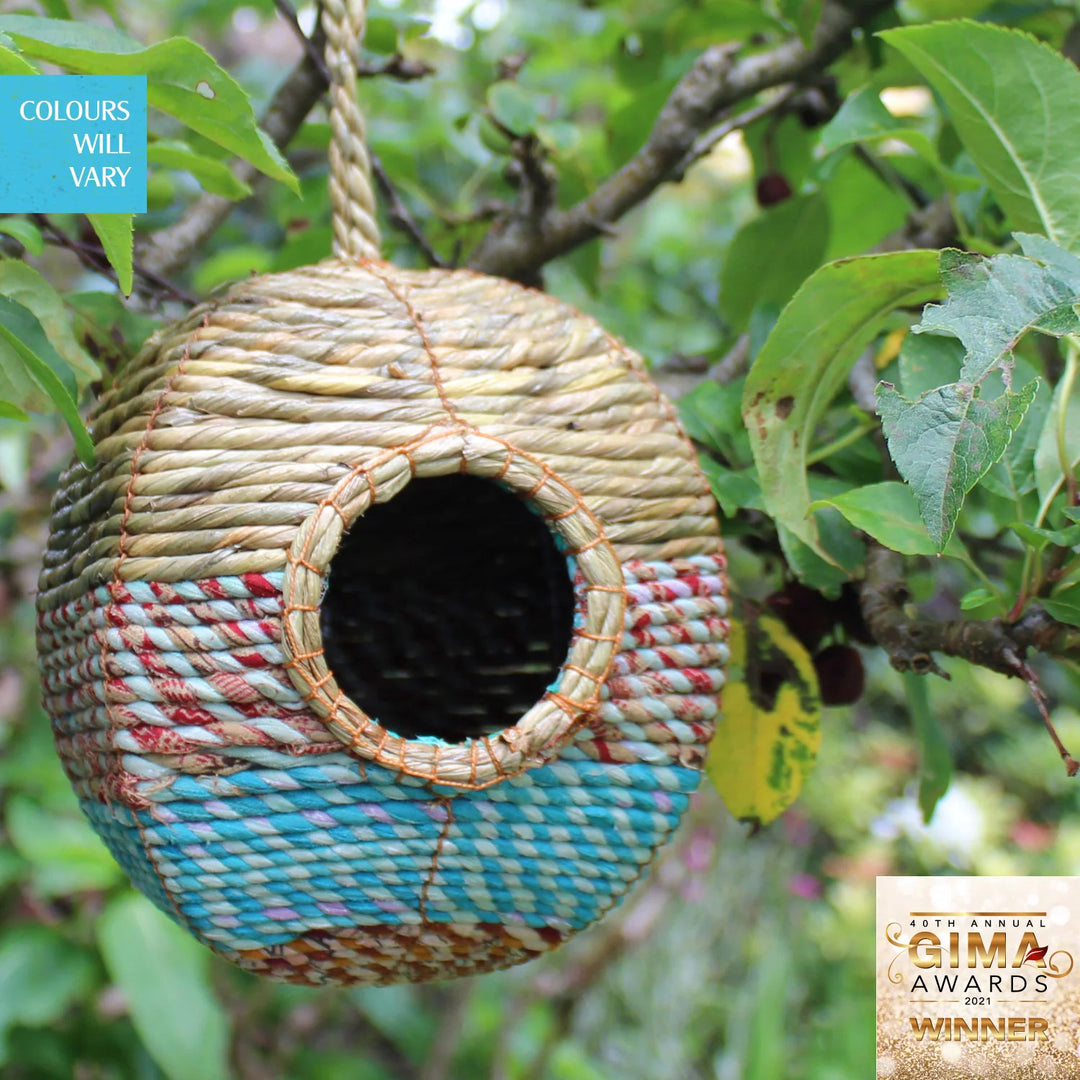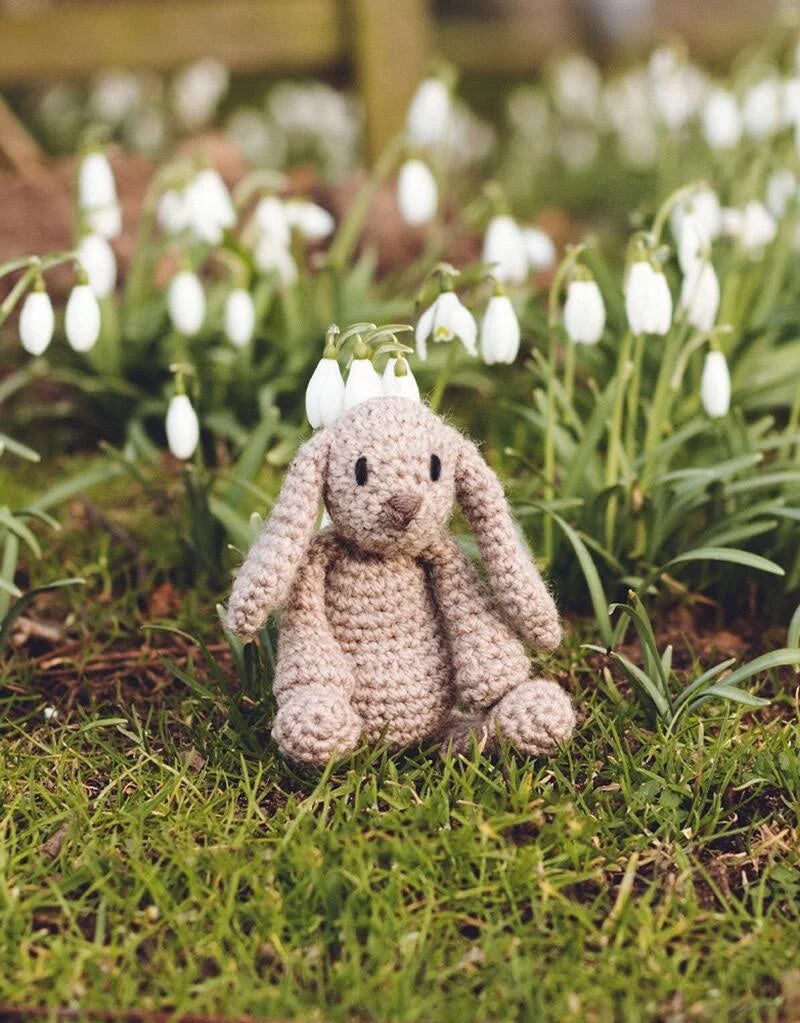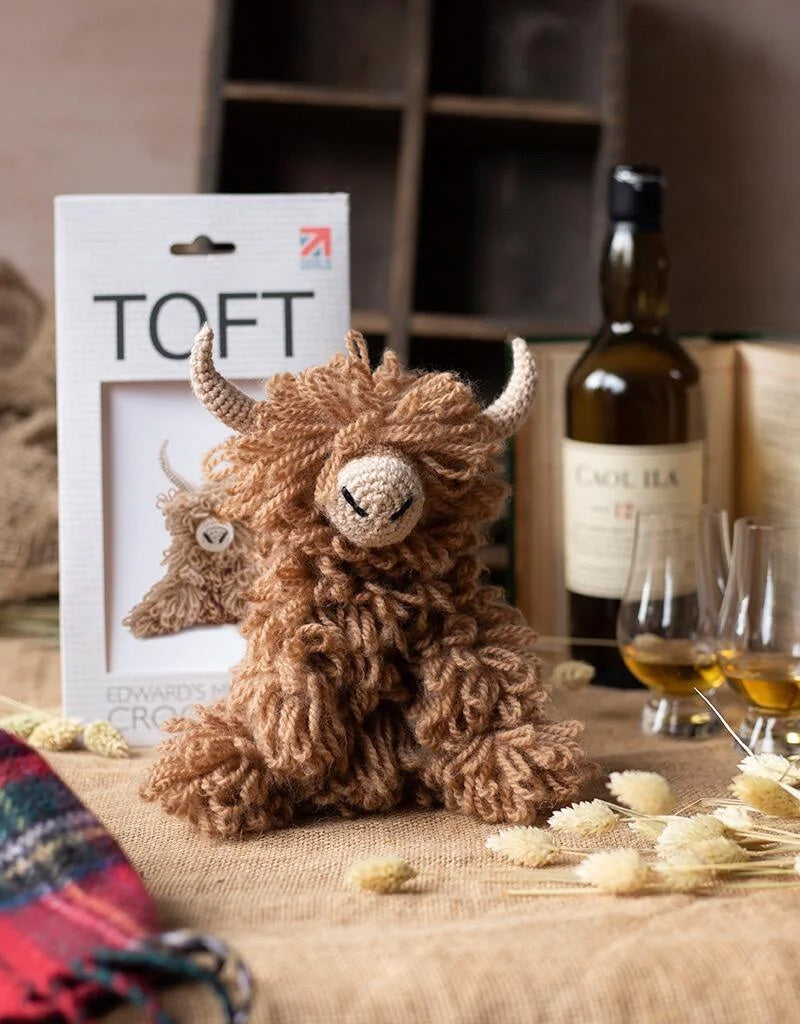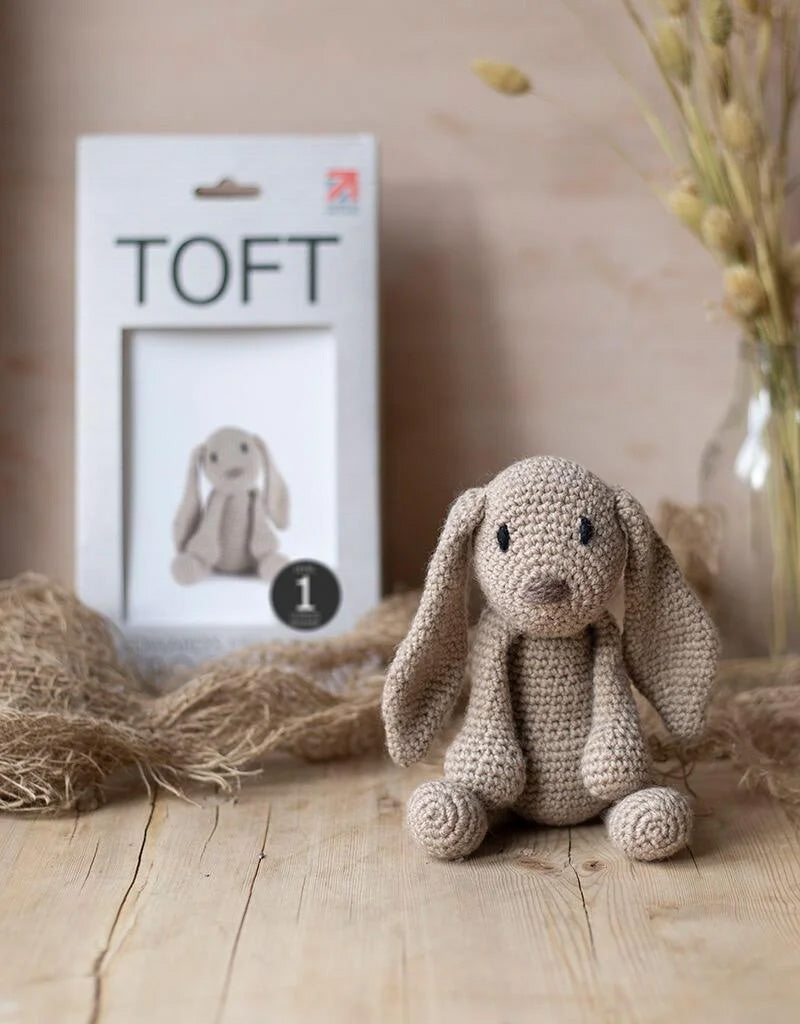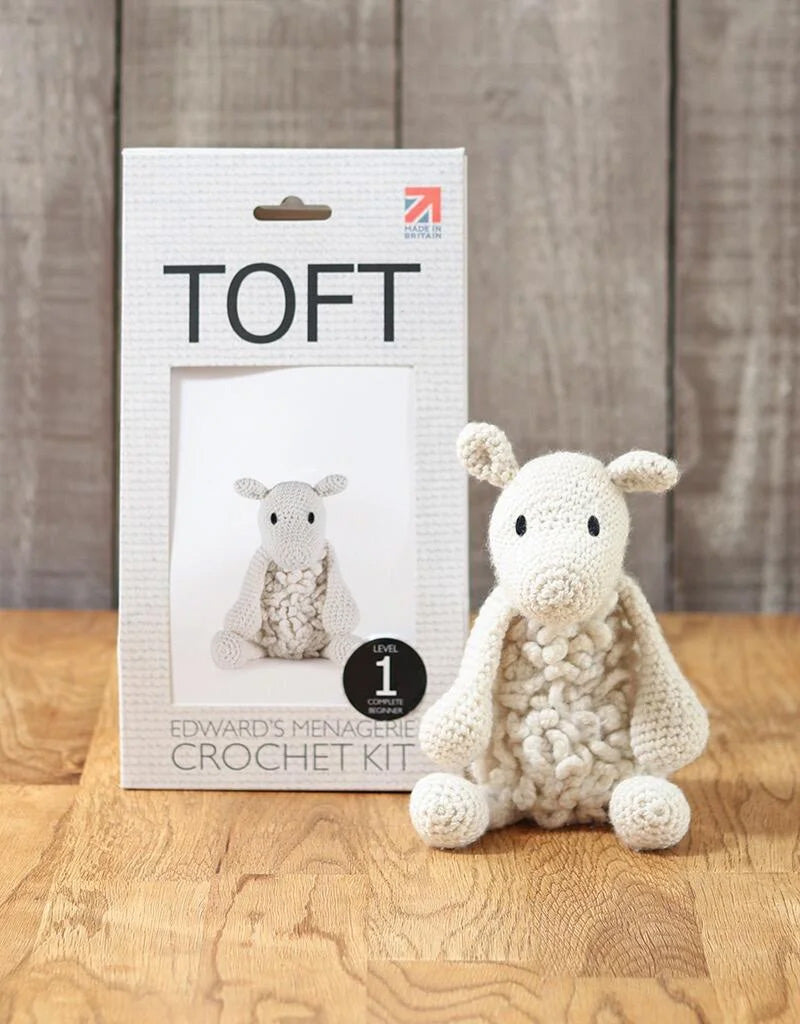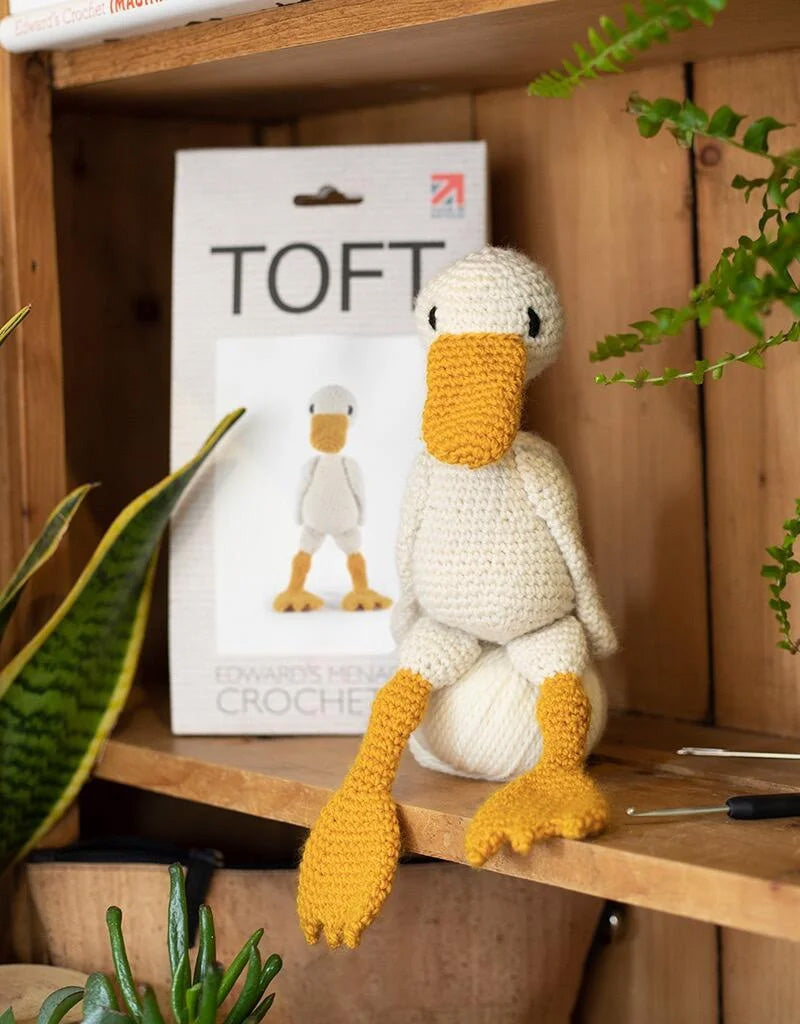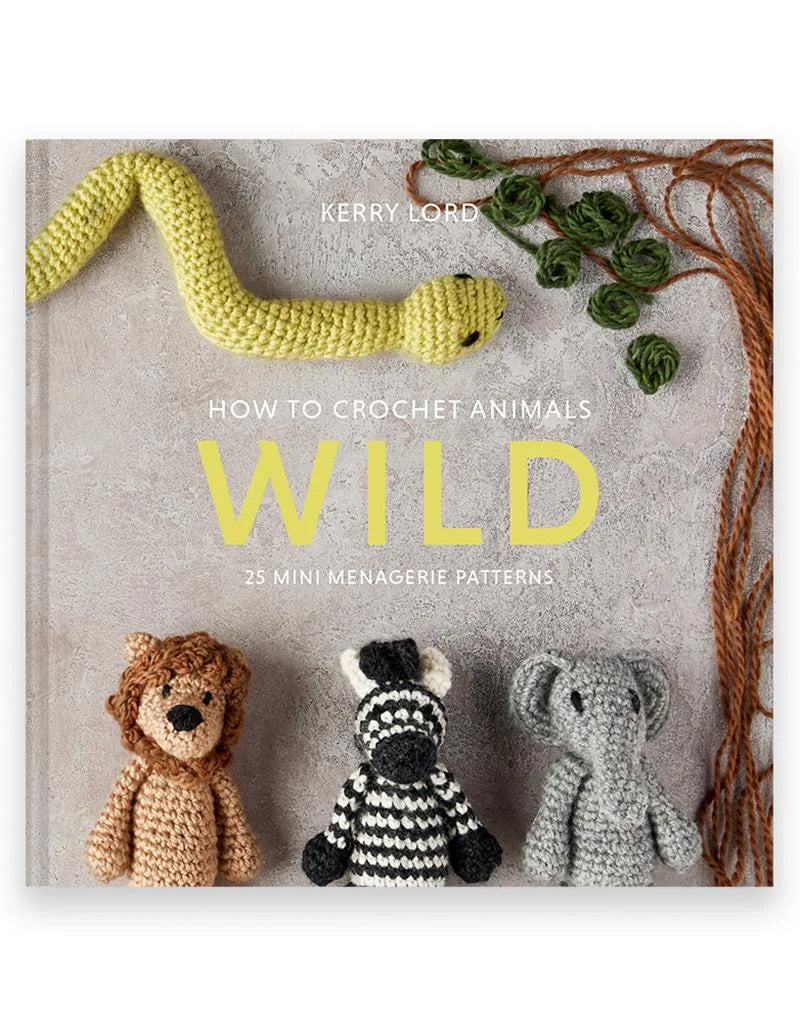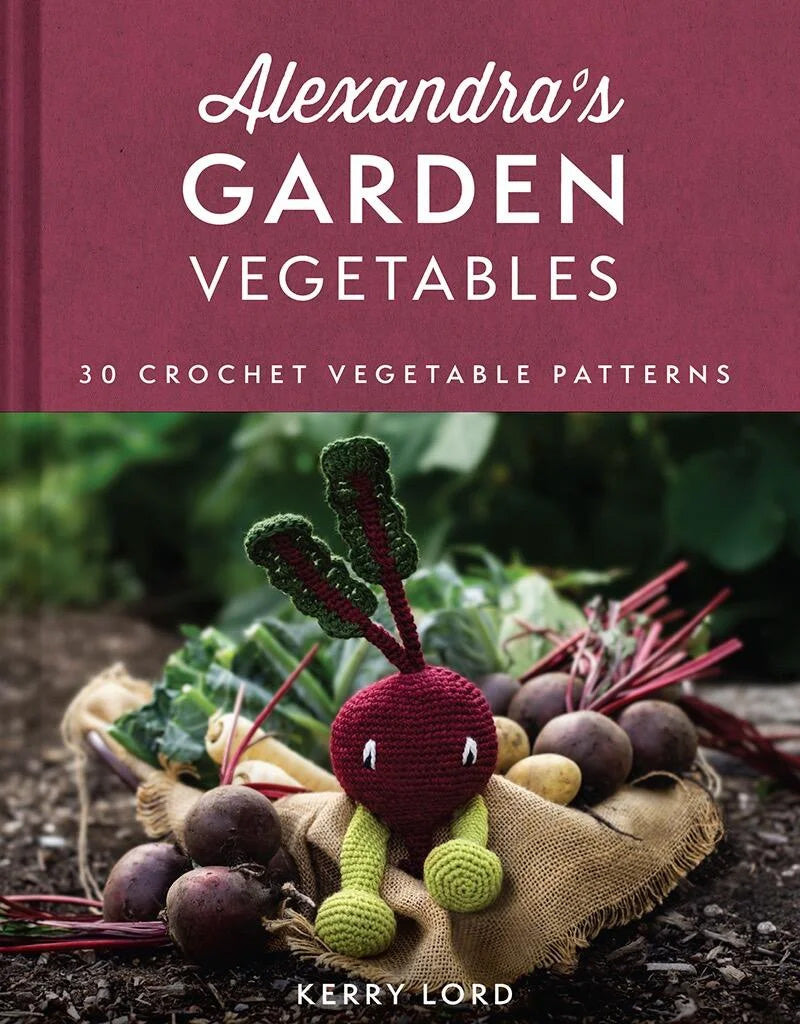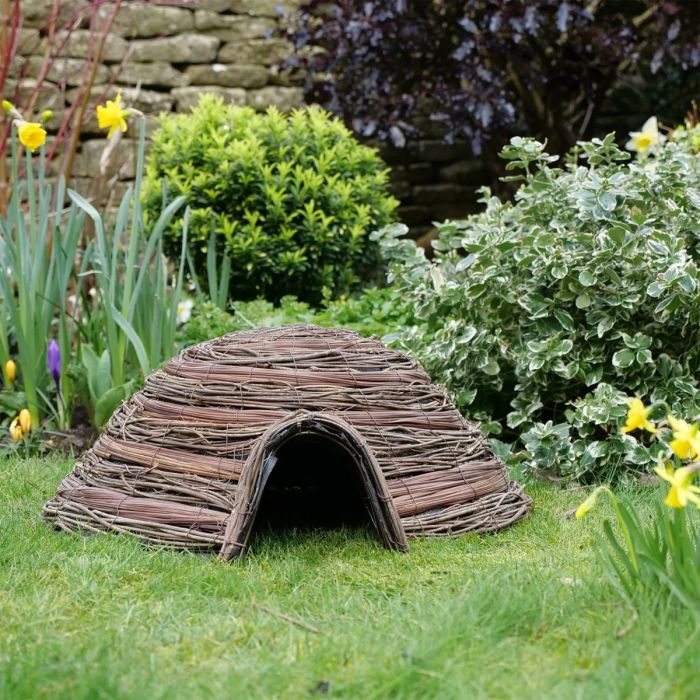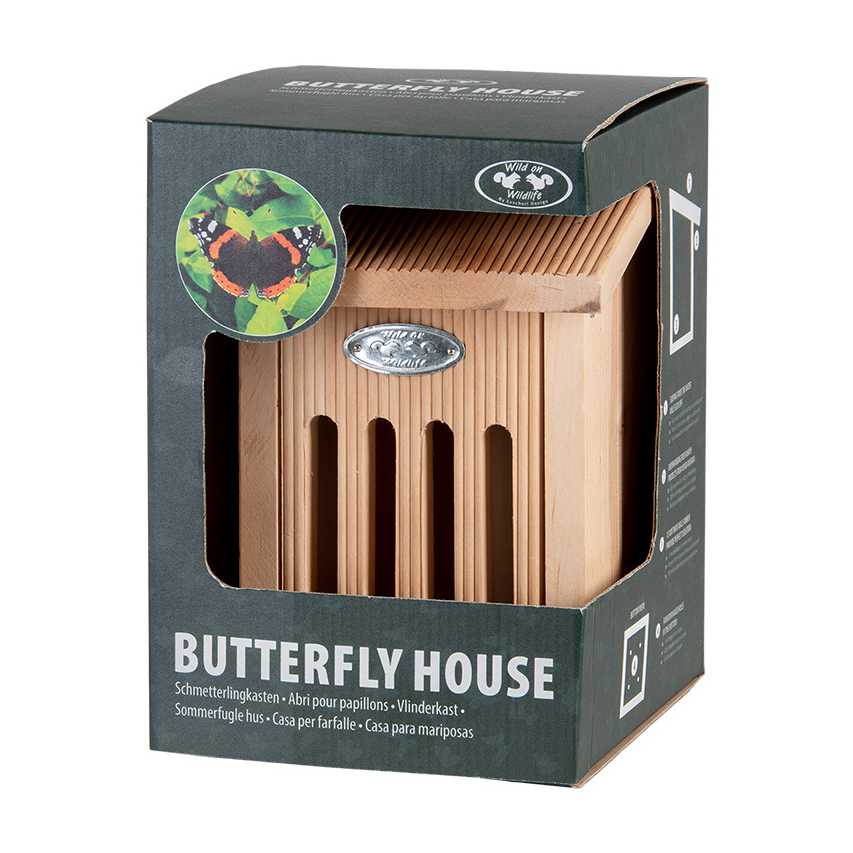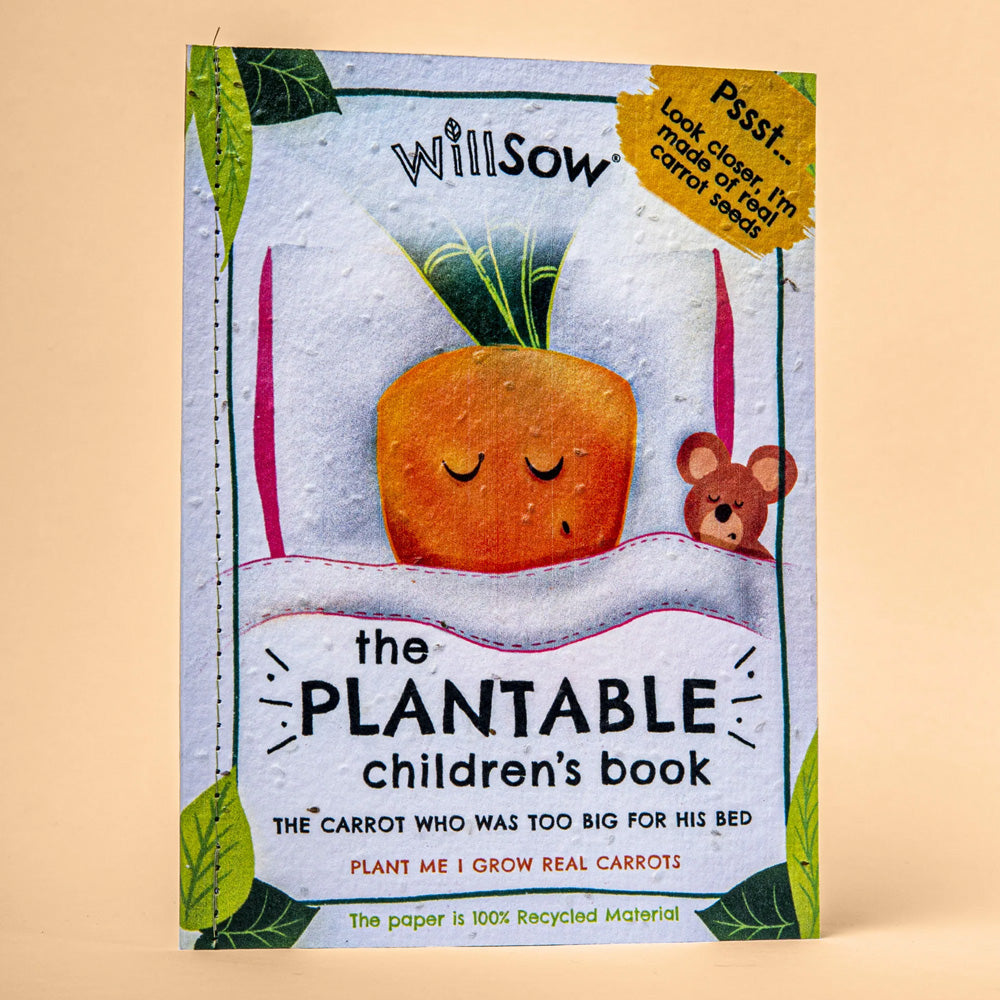Red Squirrels
The red squirrel, scientifically known as Sciurus vulgaris, is a charming and iconic species native to the United Kingdom. These small mammals are known for their vibrant red fur, bushy tails, and lively personalities. However, despite their adorable appearance, red squirrels face numerous challenges in the UK, including habitat loss, competition with grey squirrels, and disease. In this article, we will explore the fascinating world of red squirrels, including their diet, habitat, hibernation habits, and the efforts being made to protect this endangered species.
Red squirrels are primarily herbivores, with a diet that consists of nuts, seeds, fruits, and fungi. They are known to have a particular fondness for hazelnuts, which they crack open with their strong teeth and claws. In addition to these foods, red squirrels may also consume insects, eggs, and even small birds on occasion. Their diet is essential for maintaining their energy levels and overall health, especially during the winter months when food sources may be scarce.
The habitat of red squirrels in the UK is diverse, ranging from woodlands and forests to urban parks and gardens. They are most commonly found in coniferous forests, where they can easily access their preferred food sources, such as pine cones and seeds. Red squirrels are skilled climbers and spend much of their time in the treetops, using their long tails for balance and agility. They build nests, called dreys, out of twigs, leaves, and moss, which provide them with shelter and protection from predators.
One of the most unique aspects of red squirrels is their hibernation habits. Unlike some other species of squirrels, red squirrels do not hibernate throughout the winter. Instead, they remain active year-round, foraging for food and storing it in caches for later use. However, during particularly harsh weather conditions, red squirrels may enter a state of torpor, where their metabolic rate decreases, allowing them to conserve energy until conditions improve.
Despite their resilience and adaptability, red squirrels in the UK are facing numerous threats to their survival. One of the most significant challenges they face is competition with grey squirrels, an invasive species introduced from North America. Grey squirrels are larger and more aggressive than red squirrels, often outcompeting them for food and territory. In addition, grey squirrels carry a deadly virus called squirrelpox, which is harmless to them but can be fatal to red squirrels.
To protect red squirrels from these dangers, conservationists and wildlife organisations in the UK have implemented various measures. One of the most important steps taken to safeguard red squirrels is the creation of protected areas, such as nature reserves and wildlife corridors, where they can thrive without the threat of habitat destruction. In addition, efforts are being made to control the population of grey squirrels through culling and trapping programs, which help reduce competition and the spread of disease.
Farmers and landowners also play a crucial role in protecting red squirrels by preserving and enhancing their natural habitats. By planting native trees and shrubs, maintaining hedgerows, and reducing the use of pesticides, farmers can create a more hospitable environment for red squirrels and other wildlife. In some cases, farmers have even partnered with conservation organisations to implement agri-environment schemes that support biodiversity and sustainable land management practices.
The distinctive red coat of red squirrels is one of their most defining features, setting them apart from their grey counterparts. This colouration serves as camouflage in their woodland habitats, helping them blend in with the surrounding foliage and avoid detection by predators. However, the red squirrel’s striking appearance has also made it a target for illegal hunting and poaching in some areas. To combat this threat, laws have been put in place to protect red squirrels from harm and ensure their continued survival in the wild.
Red squirrels are a beloved and iconic species in the UK, known for their vibrant colour, playful behaviour, and vital role in the ecosystem. Despite the challenges they face, including habitat loss, competition with grey squirrels, and disease, efforts are being made to protect and conserve red squirrels for future generations to enjoy. By raising awareness, supporting conservation initiatives, and taking action to preserve their natural habitats, we can help ensure that these charming creatures continue to thrive in the wild for years to come.
Red squirrels are primarily herbivores, with a diet that consists of nuts, seeds, fruits, and fungi. They are known to have a particular fondness for hazelnuts, which they crack open with their strong teeth and claws. In addition to these foods, red squirrels may also consume insects, eggs, and even small birds on occasion. Their diet is essential for maintaining their energy levels and overall health, especially during the winter months when food sources may be scarce.
The habitat of red squirrels in the UK is diverse, ranging from woodlands and forests to urban parks and gardens. They are most commonly found in coniferous forests, where they can easily access their preferred food sources, such as pine cones and seeds. Red squirrels are skilled climbers and spend much of their time in the treetops, using their long tails for balance and agility. They build nests, called dreys, out of twigs, leaves, and moss, which provide them with shelter and protection from predators.
One of the most unique aspects of red squirrels is their hibernation habits. Unlike some other species of squirrels, red squirrels do not hibernate throughout the winter. Instead, they remain active year-round, foraging for food and storing it in caches for later use. However, during particularly harsh weather conditions, red squirrels may enter a state of torpor, where their metabolic rate decreases, allowing them to conserve energy until conditions improve.
Despite their resilience and adaptability, red squirrels in the UK are facing numerous threats to their survival. One of the most significant challenges they face is competition with grey squirrels, an invasive species introduced from North America. Grey squirrels are larger and more aggressive than red squirrels, often outcompeting them for food and territory. In addition, grey squirrels carry a deadly virus called squirrelpox, which is harmless to them but can be fatal to red squirrels.
To protect red squirrels from these dangers, conservationists and wildlife organisations in the UK have implemented various measures. One of the most important steps taken to safeguard red squirrels is the creation of protected areas, such as nature reserves and wildlife corridors, where they can thrive without the threat of habitat destruction. In addition, efforts are being made to control the population of grey squirrels through culling and trapping programs, which help reduce competition and the spread of disease.
Farmers and landowners also play a crucial role in protecting red squirrels by preserving and enhancing their natural habitats. By planting native trees and shrubs, maintaining hedgerows, and reducing the use of pesticides, farmers can create a more hospitable environment for red squirrels and other wildlife. In some cases, farmers have even partnered with conservation organisations to implement agri-environment schemes that support biodiversity and sustainable land management practices.
The distinctive red coat of red squirrels is one of their most defining features, setting them apart from their grey counterparts. This colouration serves as camouflage in their woodland habitats, helping them blend in with the surrounding foliage and avoid detection by predators. However, the red squirrel’s striking appearance has also made it a target for illegal hunting and poaching in some areas. To combat this threat, laws have been put in place to protect red squirrels from harm and ensure their continued survival in the wild.
Red squirrels are a beloved and iconic species in the UK, known for their vibrant colour, playful behaviour, and vital role in the ecosystem. Despite the challenges they face, including habitat loss, competition with grey squirrels, and disease, efforts are being made to protect and conserve red squirrels for future generations to enjoy. By raising awareness, supporting conservation initiatives, and taking action to preserve their natural habitats, we can help ensure that these charming creatures continue to thrive in the wild for years to come.

